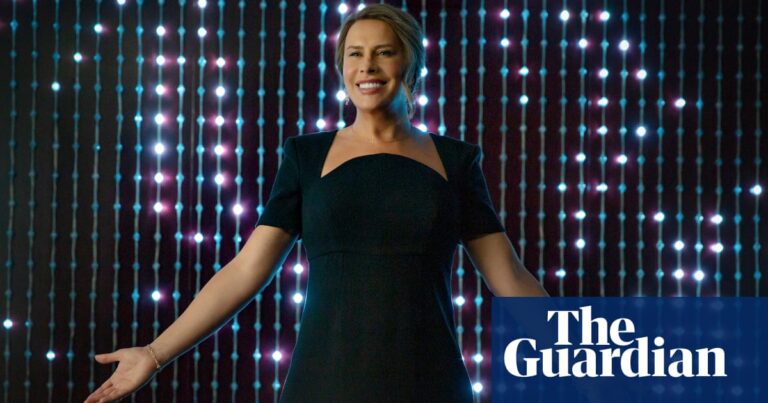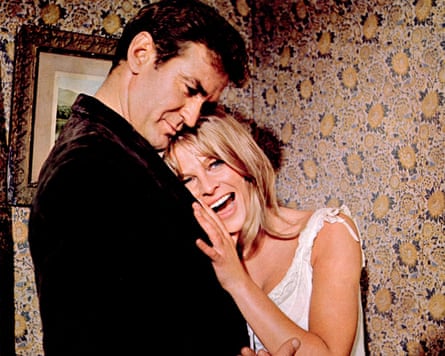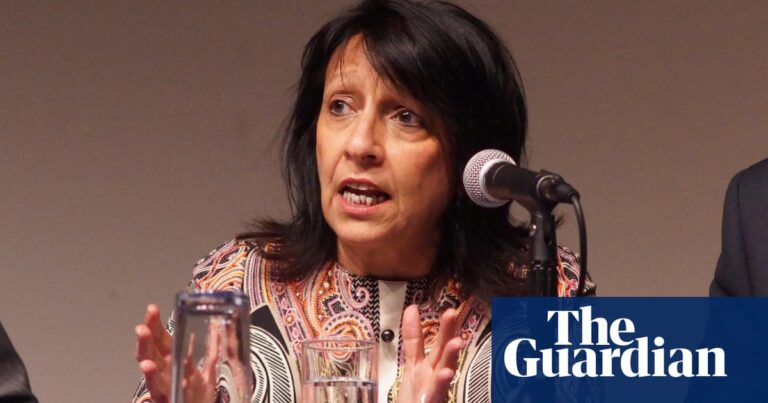Spotify has officially announced that there will be modifications to their royalty payment system starting in 2024. These changes have been highly anticipated and will include a contentious requirement for songs to reach at least 1,000 plays annually in order to receive royalties.
Some types of “noise” music, like white noise and sleep sounds, must now be a minimum of two minutes in length. Additionally, Spotify will charge a new fee to labels or distributors that are found to be creating fake streams through the use of bots or click farms. This fraudulent activity artificially increases an artist’s streaming numbers and results in lost royalty payments from Spotify.
Spotify states that the enhancements will result in increased earnings for musicians, as it will redirect funds from rights holders or distributors who did not pay royalties below a certain threshold.
Tom Connaughton, the head of Spotify UK, states that the majority of tracks on the platform will still generate revenue, with only a small fraction being affected by the recent changes. He also mentions that these changes will result in an additional $1 billion being distributed to emerging and professional artists over the course of the next five years. Connaughton also acknowledges that there are still individuals who try to exploit the system and take money away from deserving artists.
According to him, Spotify will not be profiting from removing songs with less than 1,000 streams per year. Instead, they will be redistributing the funds from this category to increase payments for all qualifying tracks.

According to Spotify, tracks with less than 1,000 streams do not usually generate significant earnings for artists. This is because labels and distributors typically have a minimum withdrawal requirement. If the payments do not meet this threshold, they remain in the bank accounts of distribution companies. A company spokesperson clarified that this does not mean taking money away from emerging artists, but rather retrieving it from inactive bank accounts that are earning interest.
However, certain independent musicians disapprove of the standard established by the prerequisite of 1,000 streams.
“I believe that 1,000 is an excessive amount,” states Brandon Washington, an independent musician from Los Angeles who performs under the name Ando San. “While it may be true that there is a high number of artists on Spotify, it’s important to recognize that the platform exists because of them and their music.”
He recognizes that illegitimate streams are a significant issue, but he has concerns about Spotify’s payment system for artists and the impact this recent announcement may have on the perception of small, independent artists.
According to him, quantifying art with numbers is a dangerous path to take. People should be cautious about this. The introduction of Spotify has fundamentally altered the music industry’s perception of what makes a successful artist. However, the number of streams an artist receives does not diminish the value of their music or art. As a listener, this would discourage me from using Spotify as a platform for listening to music.
Amelia Fletcher, a faculty member at the University of East Anglia and a participant in the Centre for Competition Policy, agrees with this sentiment. She believes that all efforts to create art are worthwhile and that the lack of financial gain for many artists does not diminish the artistic merit of their work.
She suggests that the streaming service should implement a “user-centric” approach, which differs from the current model utilized by Spotify and Apple Music. This model pools money from listeners and distributes it to artists based on their proportion of total streams across the entire platform.
In a model that prioritizes the user, Fletcher states that “each subscriber’s payment would be distributed proportionally among the songs that they listen to.” This means that a person who is a big fan of indie music would have their payment shared among the artists they listen to. The amount allocated per song would be higher if they listen to fewer songs carefully compared to just having music playing in the background constantly.
Recently, Deezer and Soundcloud, two competing streaming services, have been testing this approach in collaboration with top record labels. Fletcher also suggests that a user-based system would better tackle the problem of fraud. This is because if a single user is continuously streaming numerous tracks for financial gain, the percentage of revenue going to each track would decrease.
Spotify’s latest policy updates are expected to have a lasting impact. According to a spokesperson for the company, they carefully consider all changes and do not plan on reversing them in the future.
Washington is concerned about the possibility of the minimum requirement increasing to 2,000, 3,000, or even 5,000. He worries that this could have a significant impact on many individuals, including himself and larger independent artists. However, Connaugton reassures him by stating that they are confident in the current threshold and believe it is beneficial for supporting artists and increasing their earnings.
As the streaming industry continues to change, Washington suggests that independent artists should support each other beyond streaming. He also praises Bandcamp, a music company that allows customers to purchase downloads and physical releases directly from artists, as a more effective way to show support. Washington believes that it is crucial for artists to engage in activities such as buying merchandise and attending live performances to show their support. He emphasizes the need for a greater push towards this approach.
Source: theguardian.com



















